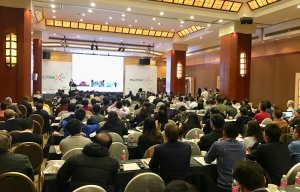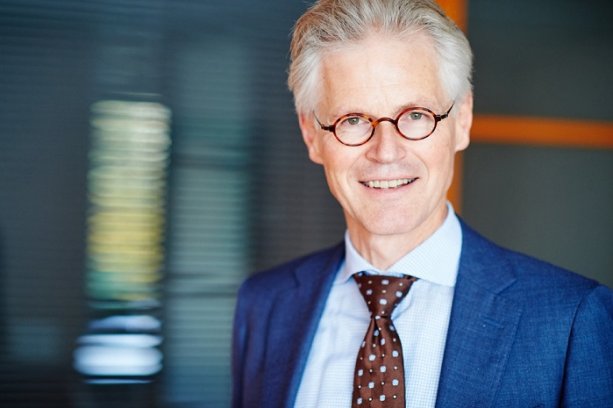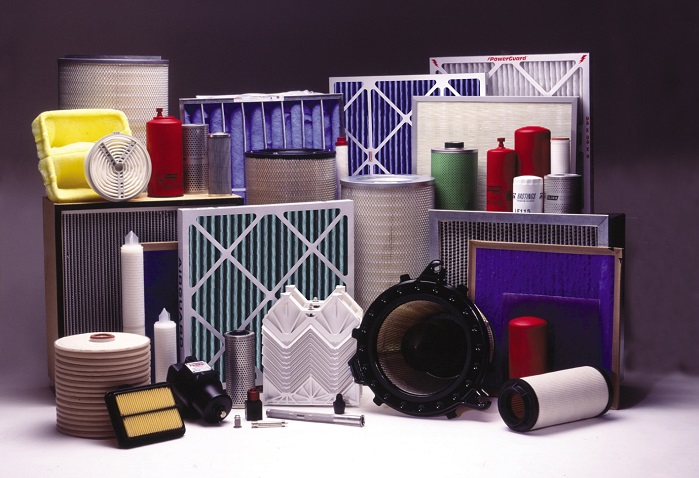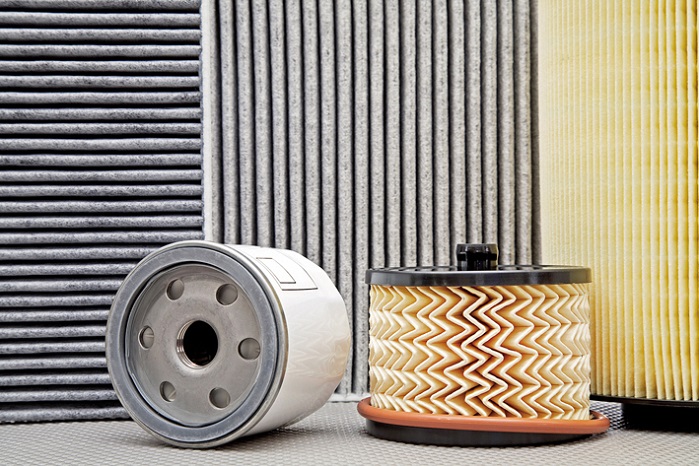
Filtrex Asia 2018 closes to great acclaim
Interview with Marines Lagemaat, EDANA Scientific and Technical Affairs Director.

21st March 2017
Innovation in Textiles
|
Geneva
Interview with Marines Lagemaat, EDANA Scientific and Technical Affairs Director.
Innovation in Textiles: How significant is the market for nonwoven filter media?
Marines Lagemaat: Well, in Europe alone, EDANA has estimated that around 125,000 tonnes of nonwovens were supplied to the market in 2014 and globally around 516,000 tonnes. The market continues to grow significantly.
What’s driving the growth?
ML: Mega-trends certainly impact on the growth of the global filtration industry, not least the demands for purer air and cleaner water, which are both the subject of ever-more stringent legislation.
There are also needs for finer degrees of separation in industry – from hydraulic oils to semiconductor wash water – and for better hot exhaust gas filtration, including diesel exhausts, as well as for higher energy efficiencies in all separation operations.
The Filtrex 17 sessions on Standardisation and Quality Assurance and Testing have been put together to bring attendees up to date on the latest regulatory requirements.
We’re also pleased to have secured Professor Nino Künzli as our keynote speaker on Wednesday April 5th. Professor Künzli is the Deputy Director of the Swiss Tropical and Public Health Institute, the Swiss TPH, and will start off a conference session devoted the challenges and opportunities surrounding the issue of air pollution and health.
The Swiss have long been aware of the need to protect their natural resources and in fact, Switzerland’s federal forestry law of 1876 is one of the world’s earliest pieces of environmental legislation. Air pollution is now high on the agenda of the country’s environmental bodies. The Word Health Organization (WHO), of course, is also based in Geneva and its experts have recently reported that nine out of ten people globally are breathing poor quality air. It is calling for dramatic action against the pollution which is blamed for more than six million deaths a year.

Further to this, concern over the quality of air inside buildings is now receiving the attention that outside air received in the 1970s, and this will be of major importance in driving the growth of nonwoven filter media in the coming decade.
In Europe particularly, the demand for nonwoven filter media in heating, ventilation and air conditioning (HVAC) applications will be significantly boosted when all new buildings have to meet “zero-energy” requirements by 2020/21, and even sooner for public buildings.
And what of the drivers impacting growth in the drinking water treatment market?
ML: As far as water filtration is concerned, there are three primary drivers – water quantity, water quality and out-of-date or non-existent infrastructure in different parts of the world.
The nonwovens industry has been making tremendous strides in the development of more effective media for water filtration recently, notably through the employment of nanosized fibres in sophisticated web structures. A large portion of the nonwoven filter media market for water treatment is built on the sales of spunbond materials used in membrane support applications. Unlike conventional water treatment, membrane filtration can produce high-quality treated water whatever the water source, which is important.
Who are the key customers for nonwoven filter media?
ML: This is a subject that Adrian Wilson will be addressing at Filtrex 17, in his keynote on April 6th, based on findings from a comprehensive 2016 study. It’s certainly a highly fragmented market and nonwoven media can reach the final end-user through a wide number of routes via manufacturers, converters and finishers, independent distributors and third party agents to OEMs, retailers and dealer networks.
That said, there are some very influential and powerful companies who have a direct influence on the market. As will be explained, a significant number of these end-user companies also have proprietary filter media brands, backed up by in-house nonwoven developments, with or without the co-operation of third-party suppliers.
In order to fully understand the market for nonwoven filter media, it’s really important to examine the structure of the filters, filter systems and related equipment markets and the major players within them. The paper from Adrian Wilson will look at ten major companies with combined annual filter industry sales of over $20 billion, so I think delegates will find it illuminating.
How important is the automotive industry as an end-use market?
ML: Extremely important. There are now more than fifty filters in an average passenger car, with functions ranging from the performance of the engine and oil and fuel consumption through to the quality of the air in the cabin.
In the past, most filter media for fuel and oil filtration have been wetlaid products based on cellulosic fibres, but recent advances in extrusion-based nonwovens manufacturing have led to the increased use of spunbond or meltblown media in high-end fuel and oil applications.

Beyond this, sophisticated hybrid filter media incorporating differing fibre types or fabric layer combinations are becoming increasingly common to meet new performance criteria.
In addition to Filtrex 17, there is also a dedicated Transportation Forum taking place on the afternoon of April 4th during INDEX.
What are the key fibres and nonwoven construction methods employed?
ML: As will become evident in our session dedicated to Fibres, it depends very much on the application to a large extent. Where a polypropylene or polyester spunbond can be employed, it will win on price, but in industrial applications where much sturdier performance is required, heavier staple-fibre based needlepunched materials will be used. Beyond that, when more expensive polymers are employed or complex fabric constructions are required, the prices commanded become considerably higher. In medical applications, for example, some extremely expensive polymers are needed. The fibre companies making presentations at Filtrex 17 include Borealis, Lenzing, Nanoval and Elmarco.
What are the key trends you see in this market?
ML: The wide adoption of nanofibre layers in fabric constructions has been ongoing for a number of years now but continues to grow in importance.
Another notable trend is the incorporation of fine fibre polyester spunbond nonwovens into more products, which has prompted a wave of new capacity investments around the globe.
As I mentioned, sophisticated hybrid filter media are also becoming increasingly common, not just in automotive but in other areas such as HVAC. Advanced, self-supporting pleated structures have also assumed an important role in many markets. The Filtrex 17 Application Orientation Solutions and Innovations sessions will cast a spotlight on a host of new developments from companies including Ahlstrom, Europlasma, Freudenberg Filtration Technologies, Hollingsworth & Vose, Johns Manville, JX Nippon, Mann + Hummel, Norafin and Welspun.
And of course, there will be many more examples of nonwoven innovation on show within the wider context of INDEX 17 – it’s promising to be a very information-packed and exciting two days at Filtrex 17 in Geneva.
Visit EDANA's dedicated webpage to find out more about the event

Business intelligence for the fibre, textiles and apparel industries: technologies, innovations, markets, investments, trade policy, sourcing, strategy...
Find out more